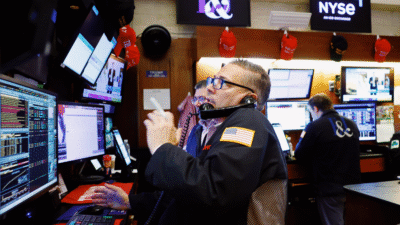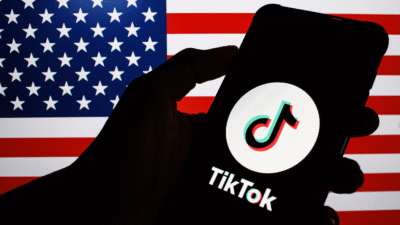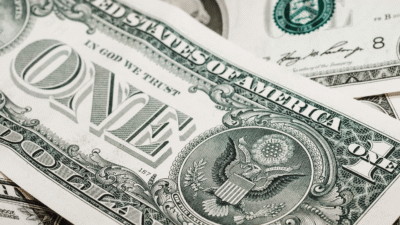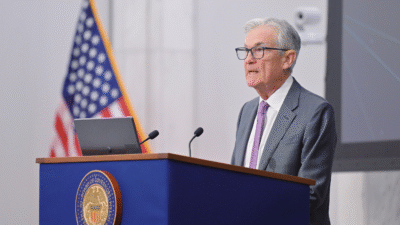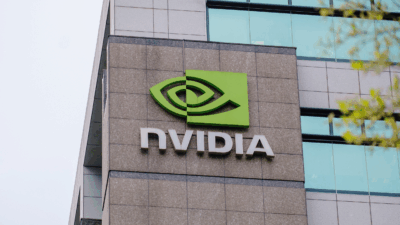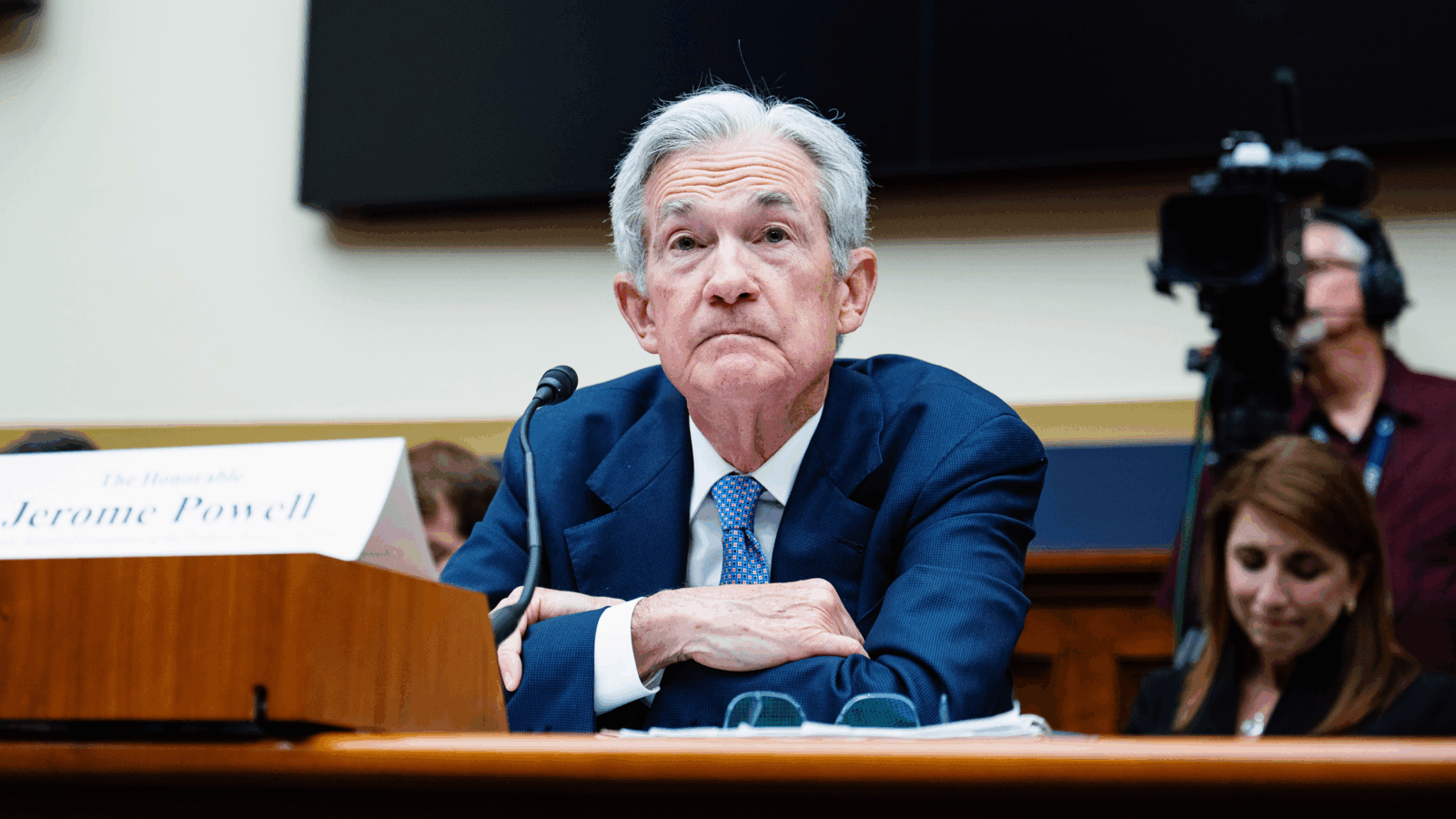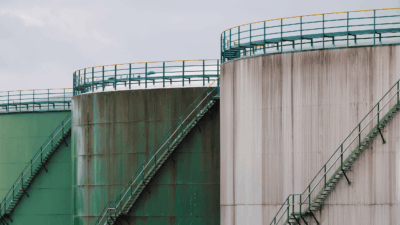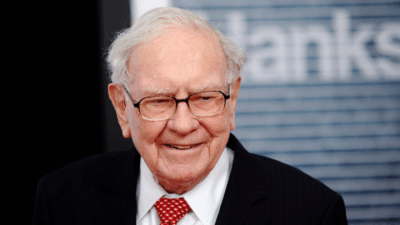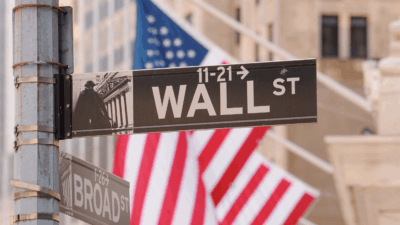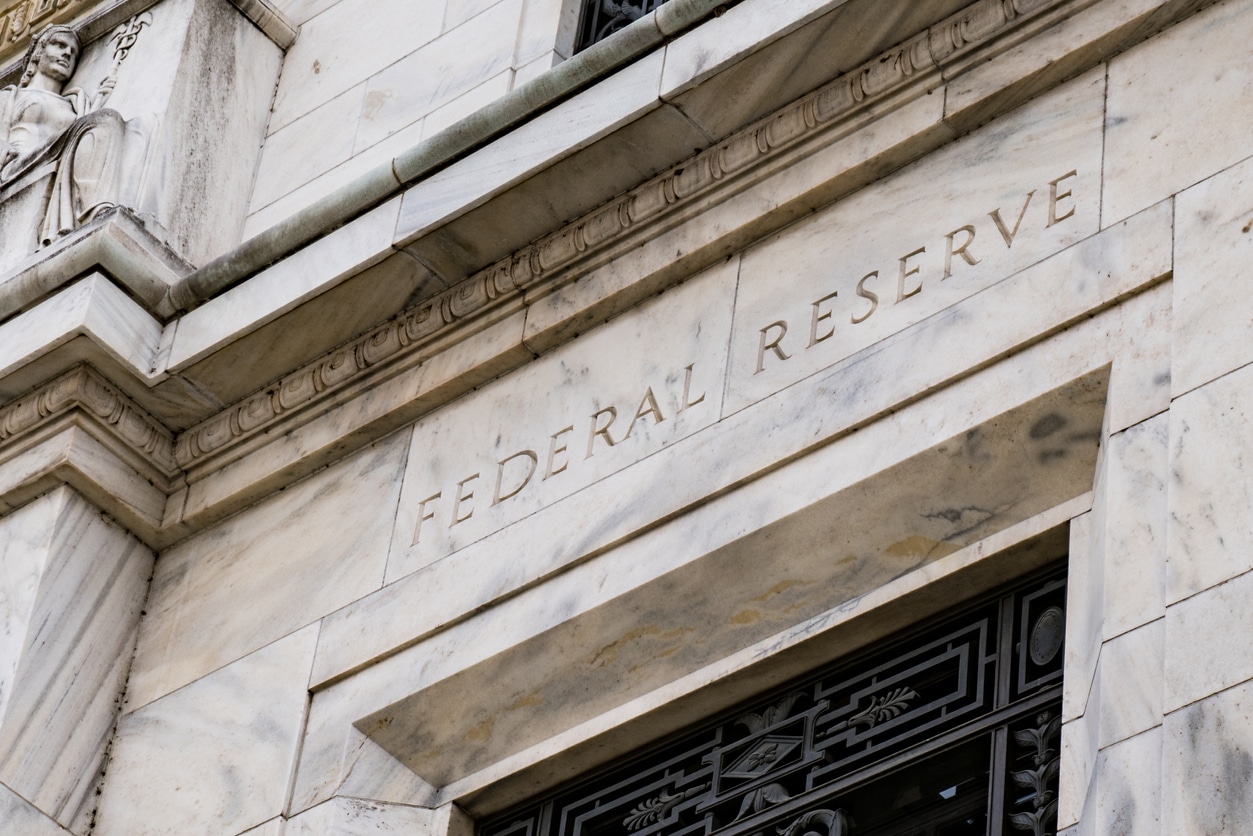
Sign up for smart news, insights, and analysis on the biggest financial stories of the day.
Pain, lots of pain. Take one quick look at your Robinhood, Schwab, or Vanguard app and you’ll get the picture.
After the S&P 500’s worst start to a year since 1939, markets are staring down one simple question: can Jerome Powell pull off a Sully Sullenberger-esque performance and deliver a ‘soft landing.’ Or have we simply run out of river?
Hindsight is 2022
In a whirlwind of uncertainty, let’s start with a handful of knowns. Last week, in an attempt to head off broad and durable inflation, Jerome Powell raised the federal funds rate by 50 bps. The move comes straight from the Volker textbook, but has caused a fundamental paradigm shift in how investors view capital allocation. The market caps of companies that make little money today but promise (read: hope) to make money tomorrow (disruptive tech, biotech) have been hammered the hardest. Again, just as the textbooks would suggest.
Yet the sheer violence of the 4.3% selloff in the NASDAQ on Monday signals more than just a reaction to a simple rate hike. Markets are grappling to assess whether the Fed — having fundamentally misjudged the severity of inflation just a few months ago — has the necessary tools (or even skillset) to thread the needle between cooling the kind of inflation that hasn’t been seen since the ‘70s without tipping the economy into a recession.
So far in May, the market has cast a clear vote:
- Sebastien Galy, a macro strategist at Nordea Asset Management, told the WSJ “The market doesn’t know how high the Fed has to go to control inflation, and we have the sense of a global slowdown.” He added, “There are a lot of negatives that are happening in the market.”
- Compounding problems for US equities are macroeconomic problems across the globe. In China, exports grew by just 3.9% in April, the slowest rate in two years, in the face of unpredictable Covid-19 regulations and sagging global demand. Premier Li Keqiang has warned of a “grave” employment backdrop.
“In hindsight, there’s a really good chance that the Fed should have started tightening earlier,” Karen Dynan, a Harvard economist and former Treasury official, told The New York Times last week.
What’s Good? The US dollar has risen to within a coin toss of two-decade highs against several major currencies, alleviating inflationary pressure (for Americans, at least). With each dollar going farther, people are also helpfully making dollars to spend — while consumer confidence has taken a dip, US unemployment is at its lowest level since the 1960s.


